This summer, a once-chilled “lake city” turned into a parched one due to several factors, including a depleted river basin, constructed lake beds and wetlands, tarmacked and tiled pavements, and parking lots on green areas.
Environment news updates in India are just a click away.
The catchphrase of Bengaluru’s environmentalists, ”reduce, recycle, recharge,” is gaining traction as climate change causes more cities to run dry.
To begin with, the state government has reduced water supplies to large consumers, including corporations, and has begun to penalize individuals for water waste.
Even though the city is experiencing a severe water shortage, some nearby neighbourhoods have seen some relief thanks to the Karnataka government’s lake revitalization effort.
“As a quick step, we can fill some lakes with treated wastewater,” Vishwanath Srikantaiah, a prominent water conservationist in Bengaluru, revealed to the media.
Srikantaiah is an urban planner who supports the wise use of water resources, including lakes, groundwater, wastewater, piped river water, and rainfall.
Additionally, Reshmi M.K., an associate professor at Christ University Bengaluru’s architecture department, shared with the media.
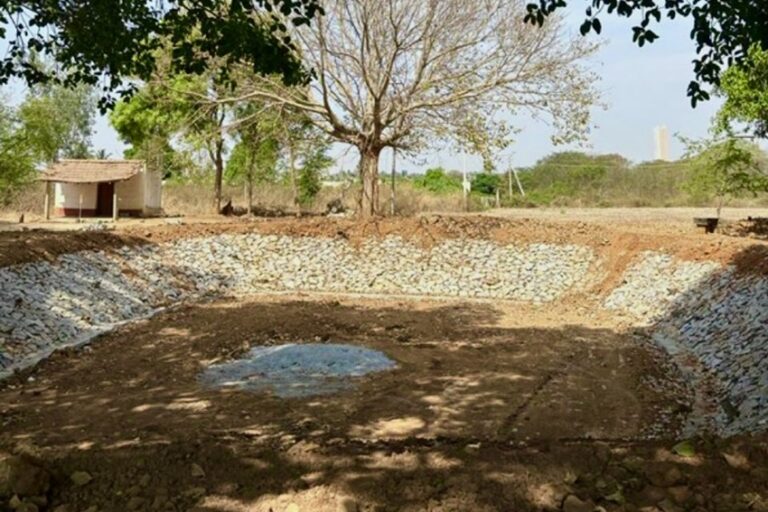
“A holistic approach integrating blue, green and grey infrastructure can alleviate water scarcity in the city.”
This entails integrating built-up areas, green spaces, and water supplies in an inventive way.
According to scientists, these lessons apply to various regions of the world that experience high temperatures and unpredictable precipitation due to climate change and variability.
What took place in Bangalore (Environment News Updates in India)
Although the drying up of the Kaveri river basin during the monsoon’s lack of rain is frequently mentioned as a major contributing factor, experts point out that the Bengaluru water crisis has a complicated history.
Srikantaiah Digs up History to Let The Water of Misconception Pass:
The city’s founder, Nadaprabhu Kempegowda, constructed some of the
interconnecting lakes, tanks, and wetland areas that were adorned with trees and gardens in Bengaluru’s bygone era.
Bengaluru lost its blue infrastructure as it expanded rapidly to become a major aerospace, World War I military post, and worldwide infotech hub.
In a recent interview, T V Ramachandra, the coordinator of the energy and wetlands group at the Indian Institute of Science, noted that only 193 of Bengaluru’s water bodies remain today since 86% of them had disappeared since the 1800s.
In the same time frame, 76% of its green cover disappeared, leaving just 4% remaining.
Currently, the Kaveri River supplies 60% of Bengaluru’s water, but as he pointed out in the interview, the river basin has lost 45% of its trees in the past 50 years, leaving only a meagre 18%.
According to Ramachandra in a different interview, the city has seen an 80% decrease in water bodies and a 1,055% increase in its grey infrastructure, which consists of developed or paved surfaces.
The loss of blue and green spaces has been compounded by the tremendous urbanization that has occurred since the 1960s, turning the metropolis grey.
Take Advantage Of The Rain (Environment News updates in India)
Saving rainwater can be a miracle cure, even in the face of all these losses and the ongoing mismanagement of lakes that permits encroachment, exploitation by private water companies, and widespread pollution.
The city receives roughly 15 thousand million cubic feet (TMC) of rain annually, or 700-5-850 mm, which accounts for 70% of the water required, according to Ramachandra.
That entails catching the precipitation as it falls.
Ms Reshmi revealed, “Rainwater harvesting from rooftops and stormwater harvesting from open spaces make up a viable solution.”
She continued, saying that just 10% of the city’s rainwater is collected, with the majority draining away due to a lacklustre infrastructure.
That implies floods when it rains.
The parking lots and pavements in cities are marked by tiled surfaces that provide less room for grass to grow or water to seep through.
Conservationists point out that such rough surfaces inhibit water absorption into the ground.
“The gathered water may be stored in Bengaluru’s tank system and used again within the city.
Rainwater collection will replenish groundwater aquifers in addition to replenishing lakes.
Open-dug wells, which date back at least to the Indus Valley civilization, are a favourite of Srikantaiah.
Groundwater is visible through wells, which fill up during rainy seasons and recede during arid ones.
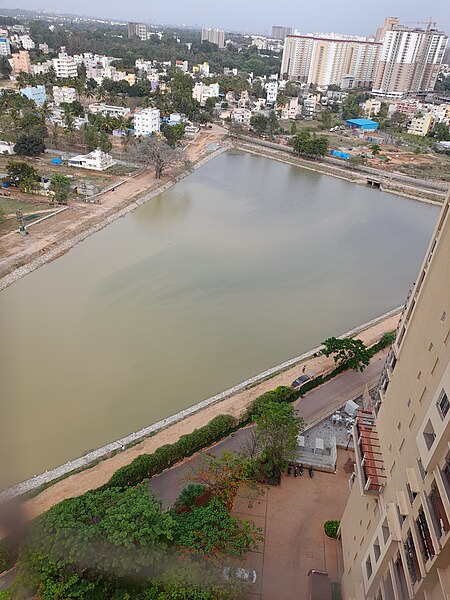
He made the observation that drilled wells significantly boost groundwater recharge.
Escalating need and Innovative Answers:
A third to almost half of the world’s population-1.7 to 2.4 billion people, will have more water demand than supply by 2050 as a result of urbanization and climate change, according to recent estimates.
According to projections, Indian cities will be among the most affected; the number of large cities susceptible to water scarcity is expected to rise from 193 to 284.
Globally, a 2019 study notes that over the next three decades, expanding urbanization would raise water demand by 50% to 80% necessitating the reallocation of water from villages to cities through inter-basin transfer known as “hydraulic reach”.
“Proposed solutions include groundwater exploitation, seawater desalination, increased water storage in reservoirs, inter-basin water transfer, improved water-use efficiency, and urban landscape management”, the author Dustin Garrick, who is currently at the University of Waterloo, and colleagues highlighted.
However, the aforementioned study, Rural Water for thirsty cities, finds insufficient data to determine whether the reallocation scheme is, in fact, sustainable, egalitarian, and effective.
Bengaluru is experimenting with every alternative method to save the seawater route.
The new research indicates, “In the face of fluctuating supplies, meeting the growing urban water demands and finding a sustainable balance among the city, its rural hinterland and environmental flow requirements are becoming increasingly challenging.”
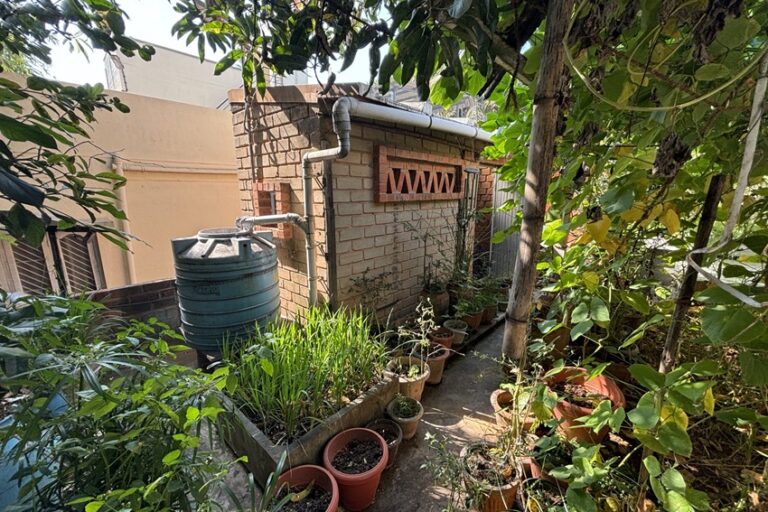
However, there is insufficient data in the aforementioned study, “Rural water for thirsty cities,” to determine whether the reallocation scheme is sustainable, egalitarian, and effective.
Nearer to home, one may wonder at times about the practicality of the intricate architecture required to get water from the Kaveri, which is nearly 100 kilometres away and 540 meters upwards.
And so are the issues of equity between rural and urban areas.
Nonetheless, Bengaluru is home to half of the Kaveri basin’s population in Karnataka, as Srikantaiah pointed out in a previous interview, and the city uses its wastewater for irrigation.
According to him, the real concern is fair distribution within the city.
Garrick and colleagues also propose “smart cities,” which use technology and data to help reduce emissions, “low-carbon cities” which reduce emissions by cycling, and “resilient cities” which absorb, recover, and get ready for shocks in the future.
Sponge cities, on the other hand, collect a lot of rainwater through sustainable drainage and effective green infrastructure.
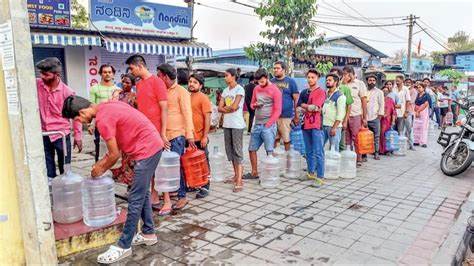
To media, Srikantaiah narrates, “Have a clear vision for water
needs of the future, use all forms of water wisely in a planned manner, protect your river and river basin, create well-rounded
water institutions, capacitate them and finance them adequately. Then hold them accountable for sustainable, universal water availability for humans and nature.”
Well dear reader, please support the discussion with positive reviews and comments below.




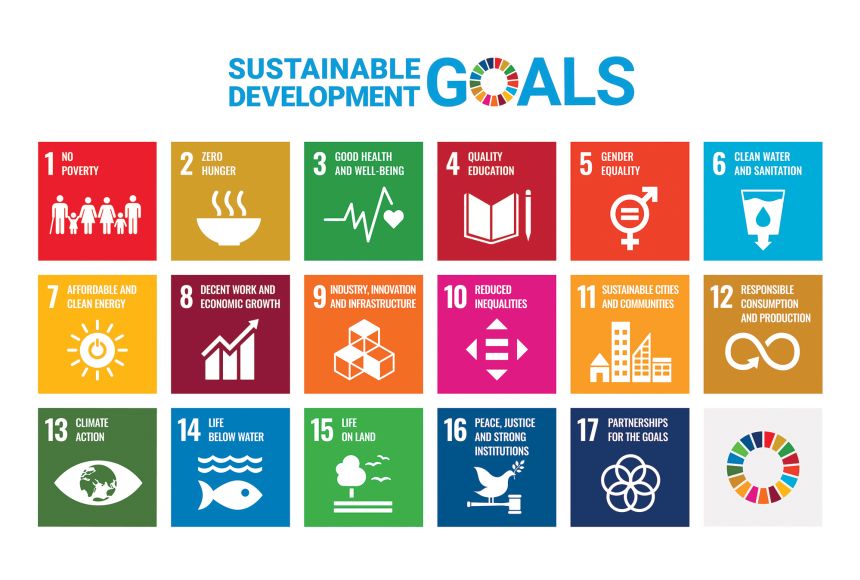


8 Comments
Somebody essentially help to make significantly articles Id state This is the first time I frequented your web page and up to now I surprised with the research you made to make this actual post incredible Fantastic job
I do trust all the ideas youve presented in your post They are really convincing and will definitely work Nonetheless the posts are too short for newbies May just you please lengthen them a bit from next time Thank you for the post
Hi there! This post could not be written any better! Reading through this post reminds me of my old room mate! He always kept talking about this. I will forward this page to him. Pretty sure he will have a good read. Many thanks for sharing!
Thank you for the good writeup It in fact was a amusement account it Look advanced to far added agreeable from you However how could we communicate
Wow superb blog layout How long have you been blogging for you make blogging look easy The overall look of your site is magnificent as well as the content
Nice blog here Also your site loads up fast What host are you using Can I get your affiliate link to your host I wish my web site loaded up as quickly as yours lol
Spot on with this write-up, I really suppose this web site needs far more consideration. I’ll most likely be again to read rather more, thanks for that info.
What¦s Happening i am new to this, I stumbled upon this I’ve found It positively helpful and it has helped me out loads. I hope to give a contribution & help different customers like its aided me. Good job.